Garver delivers design within narrow six-week schedule
Rep. James Oberstar, U.S. House Transportation and Infrastructure Committee Chairman, made this comment during a January tour of the Interstate 244 Inner Dispersal Loop (IDL) project in Tulsa, Okla. He left impressed by the nearly $70 million project to reconstruct the west and north legs of the loop and replace more than 40 bridge decks. During a press conference, Oberstar expressed that the project—which is the largest single project awarded using stimulus funds in the United States—was "extraordinarily well conceived, carried out and implemented in record time."
In November 2008, the Oklahoma Department of Transportation (ODOT) anticipated passage of the American Recovery and Reinvestment Act of 2009 and began positioning its massive project to receive a share of the federal stimulus funding. ODOT selected Garver, LLC to provide fast-track design for a portion of the project—specifically the western leg of the IDL.
After finalizing the contract, Garver had six weeks to complete the roadway and ramp reconstruction design. This included reconstructing five lane miles and rehabilitating and redecking 14 bridges. Garver brought together 46 employees from offices in Oklahoma and Arkansas and worked nearly 7,350 hours to complete the project over the Christmas and New Year's holidays. Under traditional circumstances, a similar project could have taken up to two years to complete.
"Understanding the complexity and reduced timeline associated with this project, we knew that what we asked of Garver was next to impossible—but they came through with flying colors," said Greg Allen, PE, ODOT assistant bridge engineer.
Constructed in the 1970s, the IDL pavement had worn out and needed replacement. Located in the heart of Tulsa, the IDL handles 62,000 vehicles daily, and rehabilitating the loop became a massive undertaking. In fact, when ODOT assigned the project to multiple contractors, it was the single largest project ever let by the Department.
The Design
To be shovel-ready and eligible for stimulus funding, ODOT worked under a compressed schedule to complete the design. This included conducting phone interviews to speed up the consultant selection process. During the interview, Garver laid out its plan to bring together three offices to complete a quality design on time. Two days later, ODOT selected Garver to provide designs incorporating light grading, drainage, surfacing, erosion control, traffic control, bridge rehabilitation and redecking, and pavement marking.
"ODOT trusted us, not only from a technical standpoint, but also from a capacity standpoint," said Garver Structural Engineer Jason Langhammer, PE. "They knew we had the resources and dedication to get the project done."
Quality control was an essential part of the equation. "Every part of that roadway and every bridge on the project is curved and skewed in superelevation," Langhammer said. "Our design checks were even more thorough because the grades and horizontal alignments continually changed. We were very diligent in implementing quality control to ensure a correct and workable design."
Garver not only increased its number of review procedures but also conducted weekly coordination meetings to ensure a complete design. In addition, project engineers met with ODOT Field Division construction engineers over the course of the project.
Garver performed a structural analysis on all 14 bridges to calculate load ratings and verified that overhead clearances were met for signs and overpasses. Two of the largest bridges required additional coordination efforts because they pass over Burlington Northern Santa Fe rail lines.
"We coordinated with the railroad officials and ODOT regarding rights-of-way and vertical clearance," Langhammer said. "We also worked to add bridge fencing to meet current standards."
Garver completed a full set of preliminary plans in time for a preliminary consultant meeting with ODOT. "Decisions were made swiftly, incorporated, and then we moved on," said Garver Project Leader Brent Schniers, PE. "It allowed little time for indecision." Because Garver delivered plans on time, ODOT awarded Garver with additional task orders for traffic control, a safety study and construction phase services.
"Garver excelled on this difficult project with amazing speed and accuracy," said Caleb Austin, PE, ODOT roadway engineering manager.
Traffic Control
ODOT contracted Garver to produce a maintenance of traffic plan for the western leg. Pleased with Garver's well-detailed plan, ODOT asked Garver to also develop traffic control for the north leg, even though a different consultant designed that section, and to merge the plans for traffic closure on both legs.
"We were very pleased that ODOT entrusted us with designing traffic control for both legs of the project," said Garver Senior Project Manager Darold Davis, PE. "There are very few opportunities to close a direction of travel on a major interstate like this, but with the east and south legs available to handle traffic, we were able to close roadways and speed up the construction process."
Garver's traffic control design utilized multi-phased construction schedules, route detours and new overhead signs. In addition, radio-controlled message boards were utilized to keep the public informed of condition changes. "It's called a smart work zone," Davis said. "It is an intelligent system able to respond to current conditions of delay. The technology measures the speed of traffic on a detour and projects how long it will take a driver to move through the work zone."
Garver's maintenance of traffic plan also outlined the installation of 28 temporary overhead route detour signs. These panels were fabricated and then mounted on existing overhead sign structures to guide motorists through the route detours due to roadway closures.
Safety Analysis
With a two-week deadline, Garver performed a safety analysis to look for opportunities to improve existing hazards within the project footprint without altering the design approach. Garver investigated and recommended improvements to lighting, safety barriers, striping and other guidance mechanisms.
One of the design elements included replacing all guardrail with concrete barriers. "This reduces maintenance crews being on the roadway, resulting in increased safety for the traveling public and crews," Schniers said.
The existing concrete retaining walls already extended above the roadway surface to function as barriers. Garver's design removed the outdated barriers and replaced them with Jersey shaped barriers that are a structurally integral part of the concrete shoulder pavement. "We basically cut off part of the retaining wall, extended the concrete shoulder pavement over the top, and cast a new barrier on top that meets current standards," Langhammer said. "It is pretty innovative—you don't see that too often." Garver also reinforced the roadway shoulders in preparation for the redesigned barriers.
"The comprehensive IDL safety study that Garver prepared exceeded the Department's expectations—once again," said David Streb, PE, ODOT director of engineering. "In fact, it was accepted by the Federal Highway Administration without comments."
Garver is currently providing construction phase services that include calculating bridge haunch grades—the profile grades allowing for a smooth ride—and answering construction questions related to site features.
Project officials recently opened the reconstructed western leg to south-bound traffic. The north leg will open to west-bound traffic in April, and then the second project phase will commence. The entire project is slated for full completion by early 2011.
Maintenance of Traffic
A vital aspect to transportation improvement projects is maintenance of traffic plans. A clear understanding of the entire project will produce a traffic design that fully maintains traffic flow during all construction stages and informs motorists of changing traffic patterns through a construction zone.
Through years of experience, Garver has become skilled in developing maintenance of traffic plans to safely move traffic through or around a construction zone. Our maintenance of traffic plans regularly include construction signing, construction striping and detour design—which may include temporary roadways around the work zone by way of shoefly detours or off-site detours adopting existing roadways to relocate traffic away from the construction.
"The important factor is to adequately evaluate the traffic impacts and develop acceptable solutions," said Garver Traffic Engineering Leader Nicci Tiner, PE, PTOE. "This is especially critical when working in areas with high traffic volumes."
One such project involved reconstructing the Interstate 244 Inner Dispersal Loop in Tulsa, Okla. Upwards of 62,000 vehicles per day travel on the loop, and it was essential to create a workable detour traffic system around the roadway repavement and bridge redecking project. Garver assigned 23 employees over four days (and 745 work hours) to design a traffic plan that involved radio-controlled message boards, new overhead signs, route detours and multi-phased construction schedules.
"Maintenance of traffic is all about discovering how to keep traffic flowing, especially in highly urbanized areas where you cannot shut down lanes," said Garver Structural Engineer Jason Langhammer, PE. "Our experience in this area truly sets us apart."
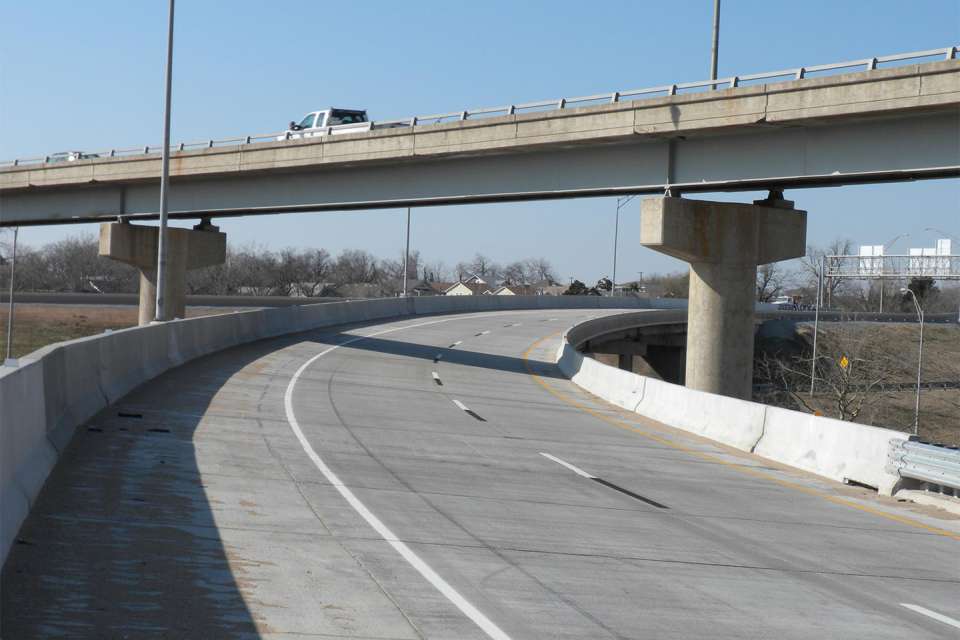
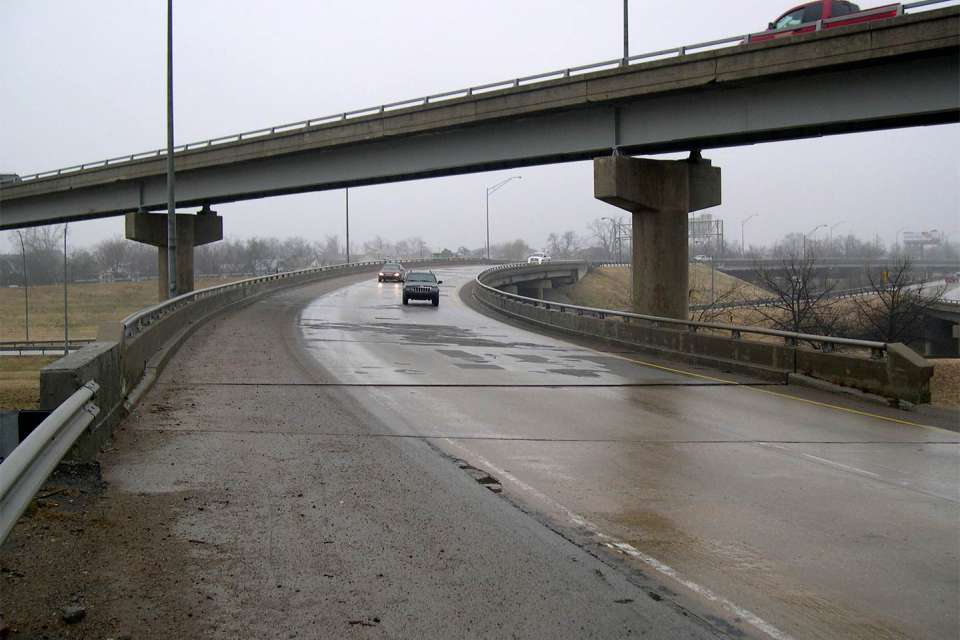

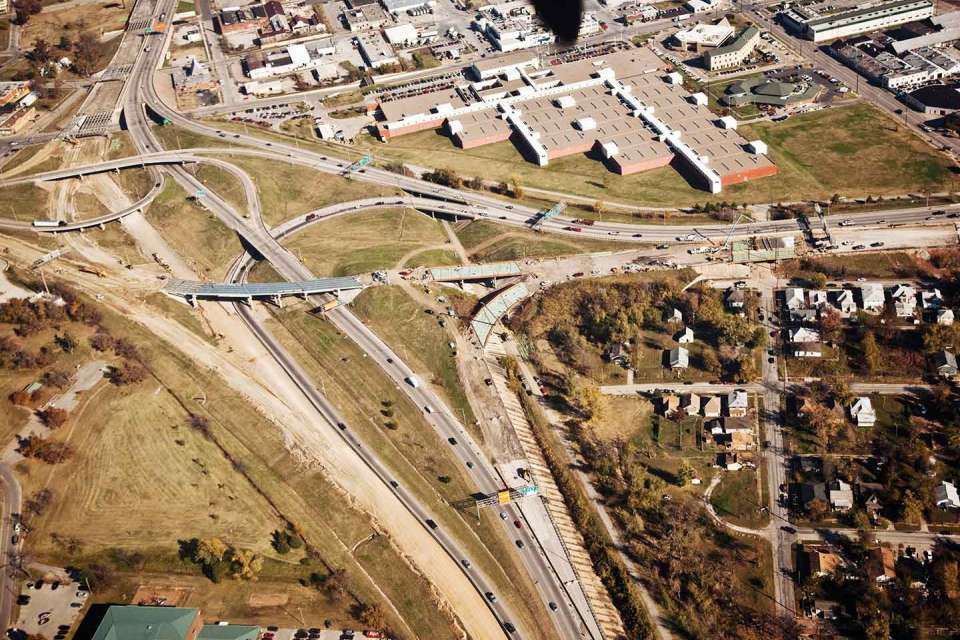




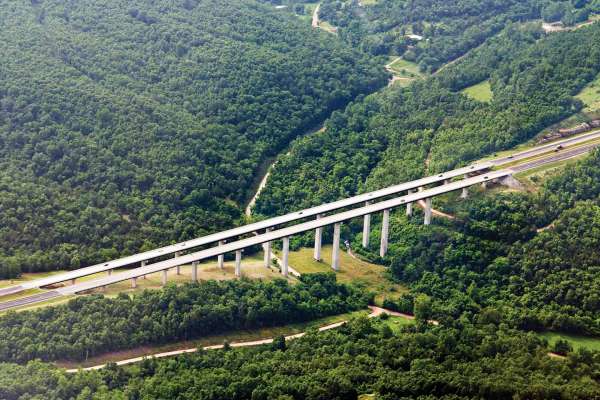
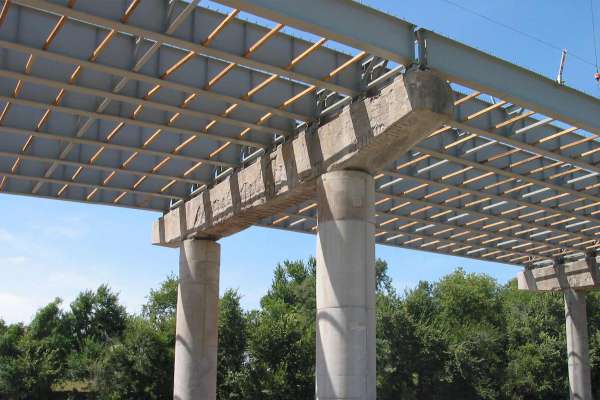

Share this article